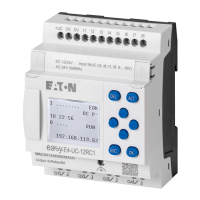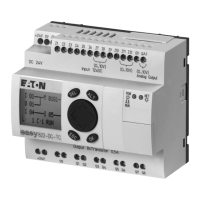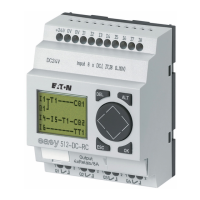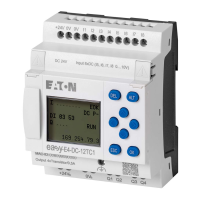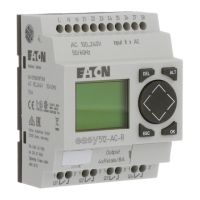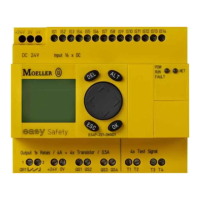11. Connection to other devices
11.4 Modbus TCP
Function Code 1 byte 0x03 ;Read Holding Registers
Start address 2 byte Must always be 1 less than the starting input you want
(zero-based)
Number of
registers
2 byte 1 to 125 (0x7D)
Table 98: Request-PDU
Response to the request being received
1. The starting address is analyzed (distributed among bytes 1 and 2)
a. Byte 1 = Hi; Byte 2 = Lo
2. The number of registers is analyzed (distributed among bytes 3 and 4)
a. Byte 3 = Hi; Byte 4 = Lo
3. The data words are read from the start of the (starting address) to (starting
address + number of registers)
A register corresponds, e.g., to one marker word
Function Code 1 byte 0x03 ;Read Holding Registers
Bye Count 1 byte A value of
= 2 * n must always be entered here
Register values n* 2 byte value
Table 99: Response-PDU
n= Number of registers read
Preparation for sending the response
1. The registers read (marker words) are mapped to two bytes per register
2. There are a high byte and a low byte for each register (marker word)
Example
l Register word Hi0x02
l Register word Lo0x2B
l Content of marker word 0x022B
3. The LSB within the byte is bit 0
Once the response is encoded, it is sent.
11.4.2.4 Read Input Registers 0x04:
Function 0x04 reads the analog inputs' registers word by word.
The Modbus client treats two bytes as one input register.
This means that in order to read an analog input with 32 bits, two consecutive input
registers must be read.
easyE4 11/18 MN050009 EN www.eaton.com
549
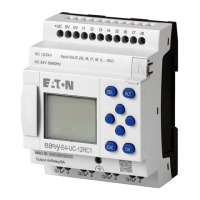
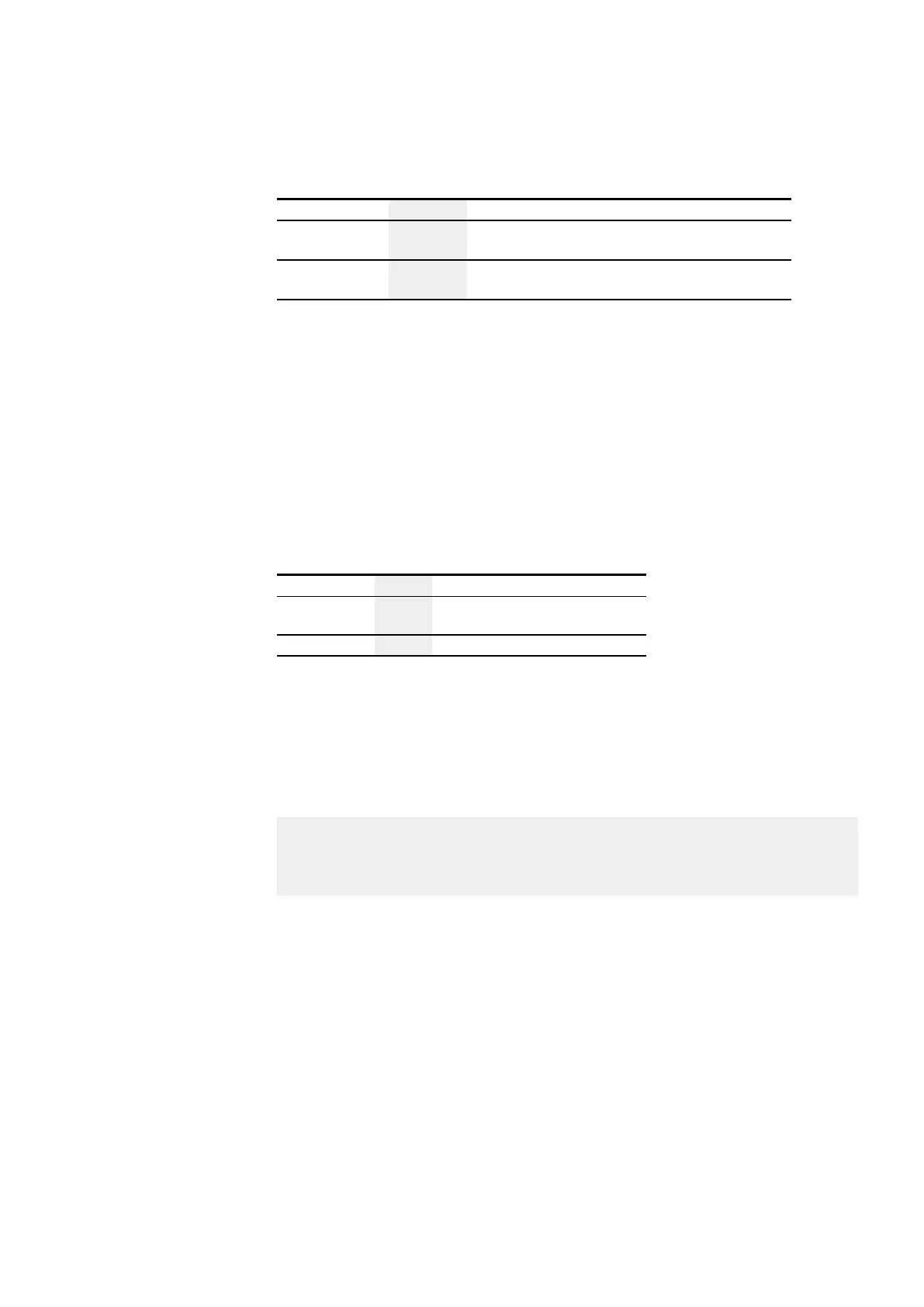